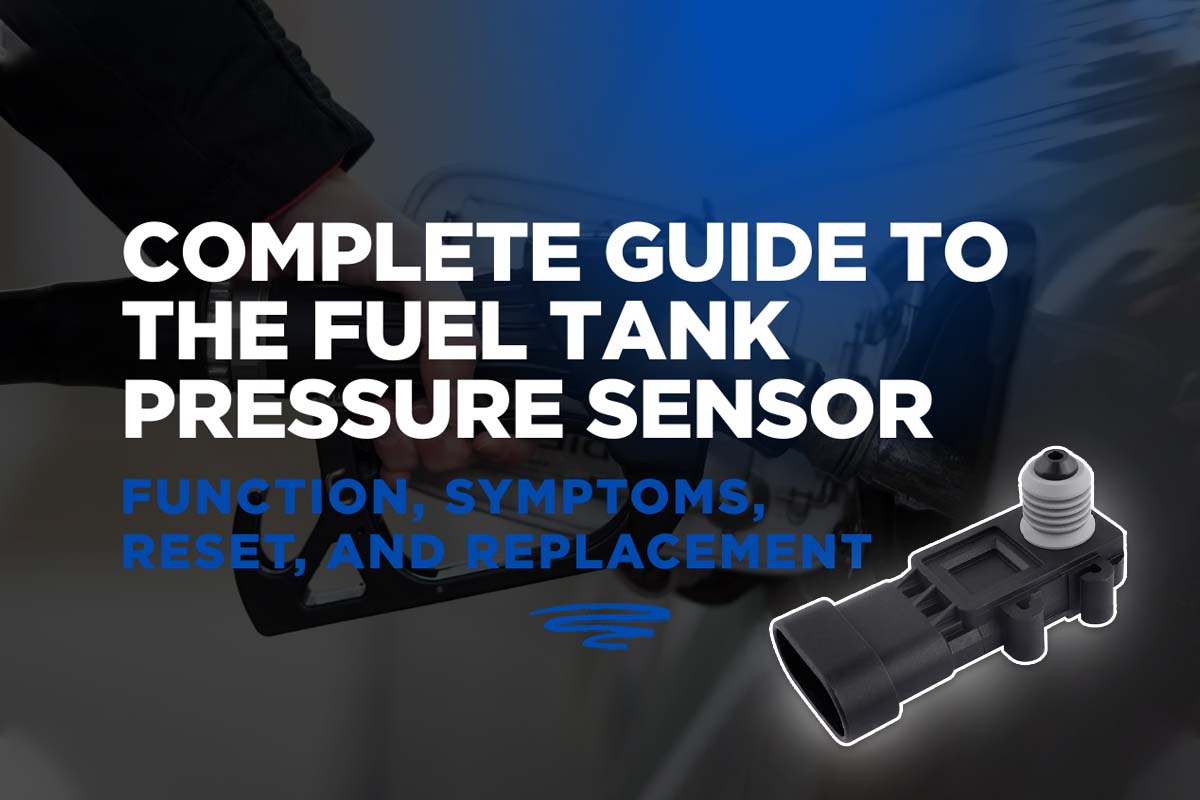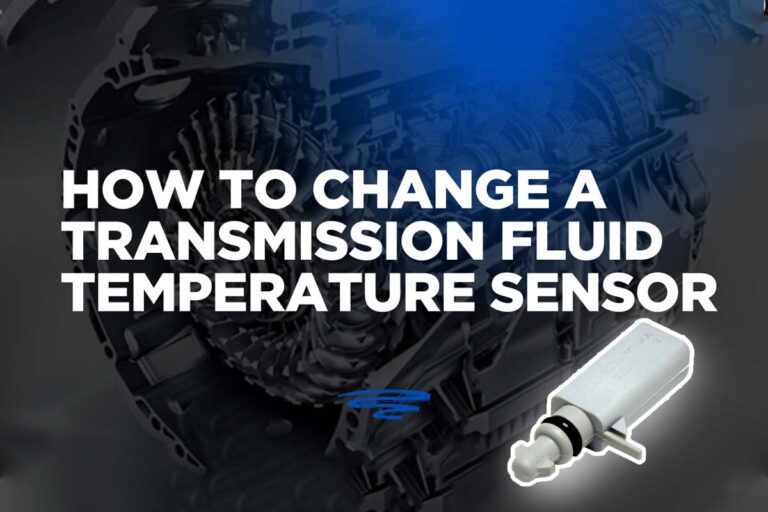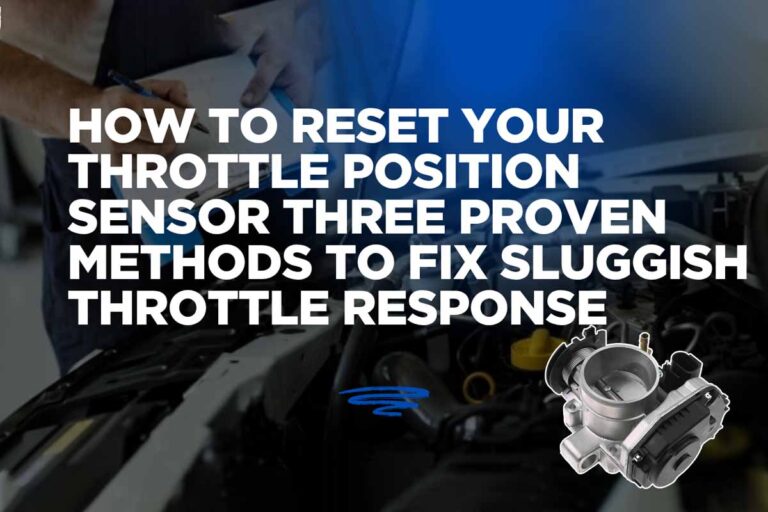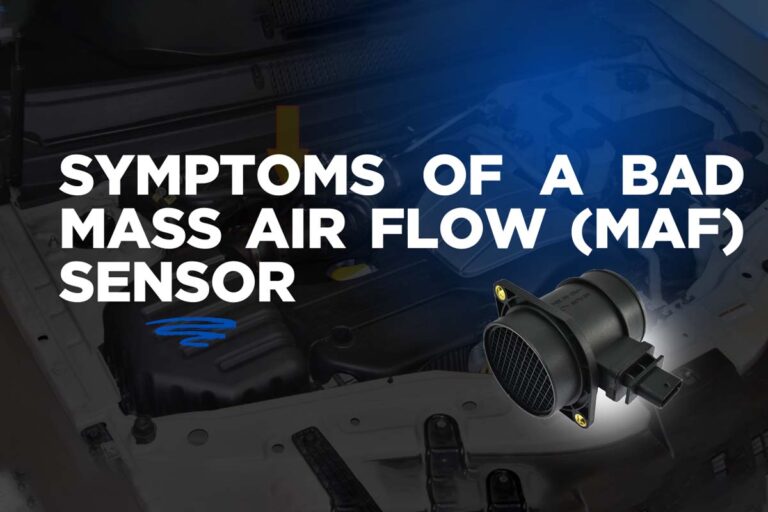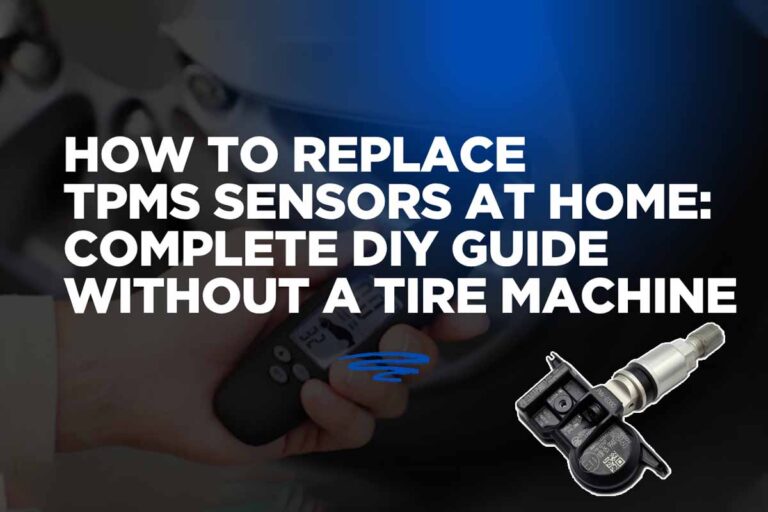Fuel Tank Pressure Sensor Guide: Function, Symptoms, Reset & Replacement Explained
The fuel tank pressure sensor is a critical part of a vehicle's evaporative emissions control system (EVAP). It helps monitor the pressure and vacuum levels inside the fuel tank, playing a major role in controlling emissions and maintaining engine efficiency. If this small but vital component malfunctions, it can cause noticeable issues like decreased fuel economy, starting problems, and even lead to failing an emissions test. In this guide, we’ll cover what the fuel tank pressure sensor does, common symptoms of failure, how to reset it, and how to replace it — everything you need to know in one place!
What Does a Fuel Tank Pressure Sensor Do?
The fuel tank pressure sensor measures the pressure or vacuum inside the fuel tank and sends this data to the vehicle’s Engine Control Module (ECM) or Powertrain Control Module (PCM).
This information helps the system manage fuel vapors correctly by controlling the EVAP purge valve, which allows trapped fuel vapors to be drawn into the engine for combustion rather than being released into the atmosphere.
Depending on your vehicle’s make and model, the fuel tank pressure sensor is typically located in one of the following positions
Inside the fuel tank, often mounted directly
Integrated with the fuel pump assembly
In a vapor line connected to or near the fuel tank
The fuel tank pressure sensor plays a key role in your car’s evaporative emissions system. It ensures proper vapor pressure management to
Reduce harmful emissions
Maintain optimal air-to-fuel ratio
Boost fuel efficiency
Prevent pressure build-up in the tank
Fuel Tank Pressure Sensor Symptoms
When the fuel tank pressure sensor fails, several warning signs may appear
Check Engine Light
One of the most common signs is the Check Engine Light turning on.
Typical trouble codes related to a faulty sensor include:
P0442 – EVAP System Small Leak Detected
P0453 – EVAP System Pressure Sensor High Input
P0455– EVAP System Leak Detected (Large Leak)
These codes suggest problems with fuel vapor control and pressure readings.
Difficulty Starting the Engine
A bad sensor can disrupt the air-to-fuel ratio, making it harder to start your vehicle. You might experience longer cranking times, hesitation, or failed starts.
Increased Fuel Consumption
Incorrect sensor data can cause poor vapor management, leading to
- Wasted fuel vapors
- Poor combustion efficiency
- Noticeable drop in miles per gallon (MPG
You may lose 2–3 MPG when the sensor is failing.
Stalling or Hesitation During Acceleration
Although rare, a damaged sensor might cause your vehicle to:
- Hesitate when accelerating
- Stall suddenly after pressing the gas pedal
This happens because of disrupted fuel vapor delivery to the engine.
Fuel Odor
A strong smell of gasoline around your car could indicate a leaking EVAP system, often linked to a failing pressure sensor.
Loss of Power
In some cases, drivers report a sluggish feeling during rapid acceleration. The car seems to act “reserved” because the engine isn’t receiving the optimal mixture of air and fuel.
Causes of Fuel Tank Pressure Sensor Failure
Over time, several factors can contribute to the failure of a fuel tank pressure sensor. Normal wear and tear due to continuous environmental exposure gradually degrades its performance. The underside of a vehicle is also vulnerable to impact from road debris, which can physically damage the sensor or its wiring. Chemical contamination from fuel vapors can corrode sensitive components, while extreme temperatures—both hot and cold—place additional stress on the sensor materials. Rust and corrosion around the fuel tank and sensor housing further accelerate deterioration. As a result, the sensor becomes less accurate with age, eventually leading to complete failure if not addressed.
How to Reset a Fuel Tank Pressure Sensor?
After repairing or replacing the fuel tank pressure sensor, you may need to reset it to clear any saved trouble codes and restore proper operation. Here’s how:
Manual Reset (Without a Scan Tool)
- Turn off the ignition and disconnect the negative battery cable.
- Leave it disconnected for 15–30 minutes.
- Reconnect the battery cable.
- Start the vehicle and let it idle. The system will relearn the correct fuel pressure.
Reset with OBD-II Scanner
- Connect an OBD-II scan tool to your car’s diagnostic port.
- Read and clear any stored codes related to the EVAP system.
- Start the engine and monitor for any returning check engine lights.
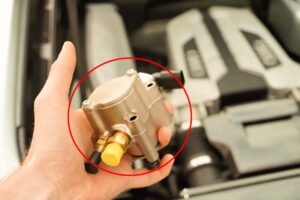
How to Replace a Fuel Tank Pressure Sensor?
If your fuel tank pressure sensor is damaged, replacement might be necessary. Here’s a step-by-step outline
Determine the Location
Check your vehicle manual. In most vehicles, the sensor is
- On the fuel pump assembly inside the tank
- Mounted near the fuel filler neck
- Or attached to the vapor lines
Gather Tools
- Jack and jack stands (or car lift)
- Fuel line disconnect tool
- Ratchet set
- Replacement fuel tank pressure sensor
- Safety gloves and glasses
Access the Sensor
- Some vehicles have access panels under the rear seat.
- If not, lower the fuel tank by:
- Draining fuel
- Disconnecting fuel lines and electrical connections
- Removing securing straps
Replace the Sensor
- Unplug the electrical connector from the old sensor.
- Unscrew and remove the old sensor.
- Install the new sensor and reconnect wiring.
Reassemble
- Reinstall the fuel tank (if removed).
- Double-check connections.
- Reconnect the battery.
Reset the System
- Clear trouble codes using the manual method or an OBD-II scanner.
Fuel Tank Pressure Sensor Replacement Cost
The replacement cost varies based on your car’s make and model. Here’s a general breakdown
| Type | Average Cost |
|---|---|
| Parts Only | $100–$150 |
| Labor Only | $150–$250 |
| Total Replacement Cost | $250–$400 |
If the sensor is difficult to access (requiring tank removal), labor charges can be higher, especially if there’s rust or corrosion complicating the job.
Conclusion
The fuel tank pressure sensor might be small, but its role in maintaining your vehicle’s emissions standards and fuel efficiency is massive.
Recognizing the symptoms of failure early can save you from bigger, more expensive repairs.
Whether you’re looking to reset, replace, or simply understand your fuel tank pressure sensor better — now you have all the essential information at your fingertips.
If you notice signs like a check engine light, fuel smell, or lower fuel economy — it might be time to inspect or replace your sensor.
